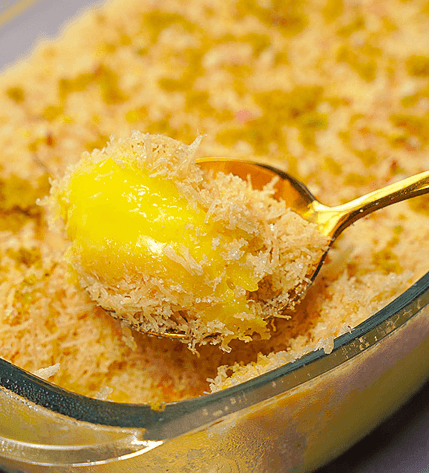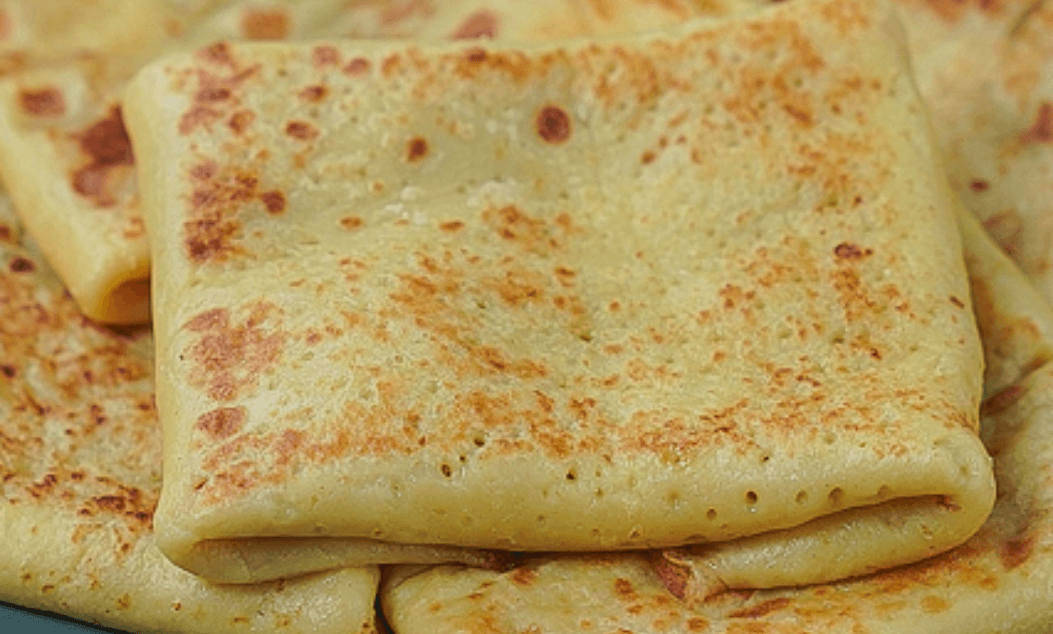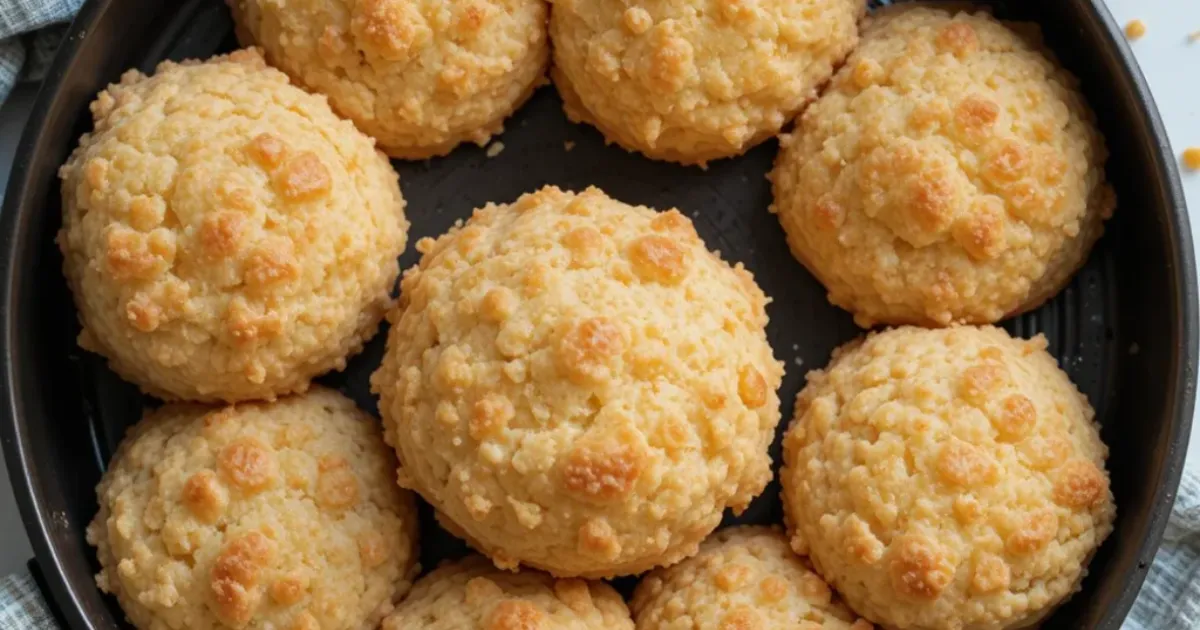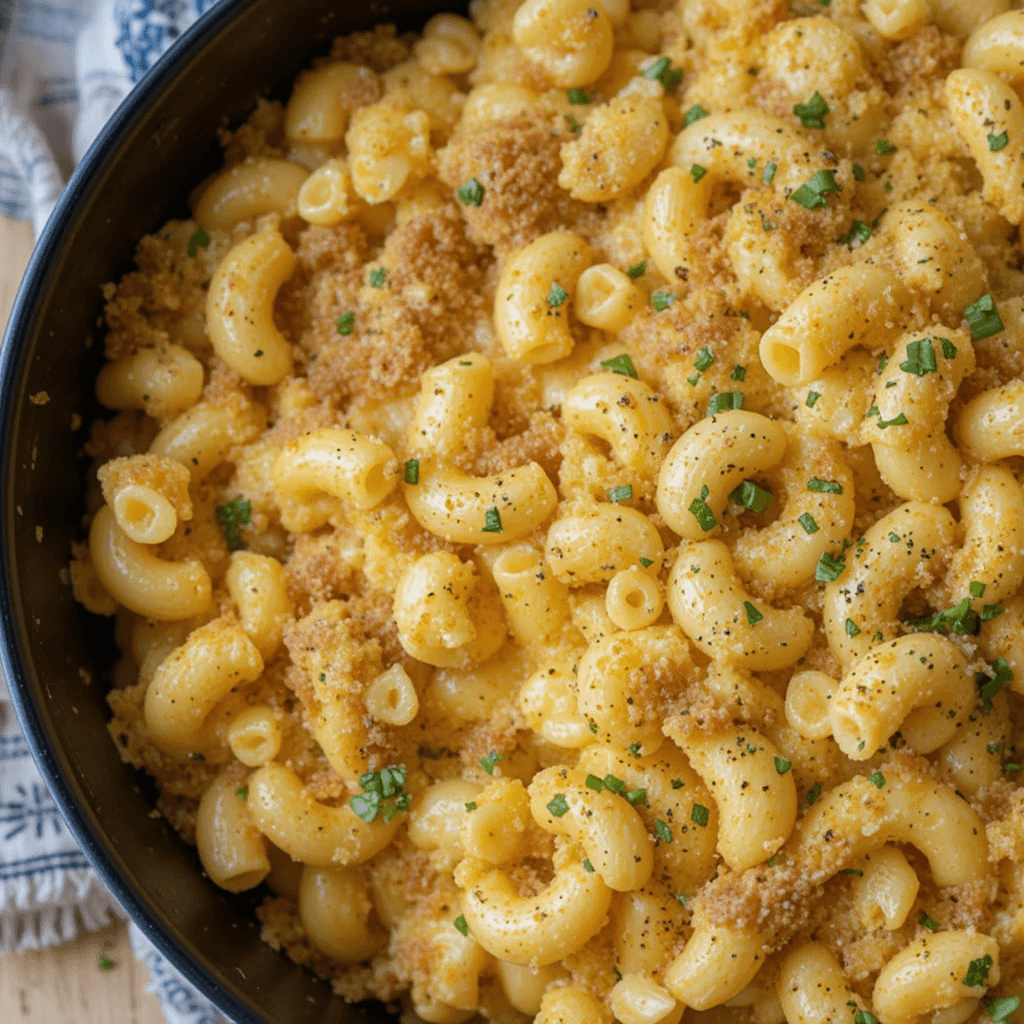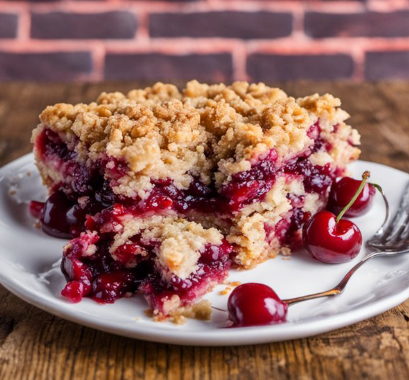Eid is a time of joy, gratitude, and delicious feasts. Among the many delightful dishes prepared during this festive season, Nawabi Vermicelli stands out as a rich and luxurious dessert that adds a royal touch to your celebrations. This creamy, aromatic, and flavorful sweet dish is a must-try for anyone looking to elevate their Eid dessert spread.
In this article, we’ll explore:
- The history and significance of Nawabi Vermicelli
- A step-by-step recipe to make it at home
- Tips to enhance its flavor and presentation
- Why it’s a perfect Eid dessert
By the end, you’ll have everything you need to prepare this exquisite dish and impress your family and guests!
The History and Significance of Nawabi Vermicelli
Nawabi Vermicelli, also known as “Shahi Sewai”, is a decadent dessert with roots in Mughlai cuisine. The word “Nawabi” refers to the royal Nawabs (rulers) of the Mughal era, who were known for their love of rich, aromatic, and indulgent dishes.
This dessert is a luxurious version of the traditional vermicelli kheer (Sewaiyan), infused with ingredients like saffron, dry fruits, and rose water, giving it a regal touch. It’s commonly prepared during Eid-ul-Fitr and Eid-ul-Adha as a symbol of celebration and generosity.
Why Nawabi Vermicelli is the Perfect Eid Dessert?
- Rich & Festive Flavor – The combination of ghee, saffron, cardamom, and nuts makes it a truly royal dessert.
- Easy to Prepare – Unlike many elaborate desserts, Nawabi Vermicelli can be made in under 30 minutes.
- Crowd-Pleaser – Loved by both kids and adults, it’s a guaranteed hit at any Eid gathering.
- Customizable – You can adjust sweetness, texture, and toppings as per preference.
Step-by-Step Recipe for Nawabi Vermicelli
Ingredients (Serves 6-8)
- 1 cup roasted vermicelli (thin seviyan)
- 4 cups full-fat milk
- 1/2 cup sugar (adjust to taste)
- 4 tbsp ghee (clarified butter)
- 1/4 cup mixed nuts (almonds, cashews, pistachios)
- 1 tbsp raisins
- 1/2 tsp cardamom powder
- A pinch of saffron strands (soaked in warm milk)
- 1 tsp rose water (optional)
- Silver varq (edible silver foil) for garnish (optional)
Instructions
Step 1: Roast the Vermicelli
- Heat 2 tbsp ghee in a pan on medium flame.
- Add the vermicelli and roast until golden brown (3-4 minutes).
- Remove and set aside.
Step 2: Prepare the Milk Base
- In the same pan, heat the remaining ghee and lightly fry the nuts and raisins. Set aside.
- Pour milk into the pan and bring it to a boil.
- Add the roasted vermicelli and simmer on low heat, stirring occasionally.
Step 3: Sweeten & Flavor
- Once the vermicelli softens (8-10 minutes), add sugar and mix well.
- Stir in cardamom powder, saffron milk, and rose water.
- Cook for another 2-3 minutes until the mixture thickens slightly.
Step 4: Garnish & Serve
- Turn off the heat and mix in half of the fried nuts.
- Transfer to a serving dish and garnish with the remaining nuts.
- For an extra royal touch, add silver varq on top.
- Serve warm or chilled!
Tips to Make the Best Nawabi Vermicelli
- Use Thin Vermicelli – It cooks faster and absorbs flavors better.
- Roast Nuts in Ghee – Enhances their aroma and crunch.
- Adjust Milk Consistency – For thicker vermicelli, reduce milk; for a lighter version, add more.
- Chill Before Serving – Tastes even better when refrigerated for 2-3 hours.
- Experiment with Toppings – Try coconut flakes, dried rose petals, or chocolate shavings.
Variations of Nawabi Vermicelli
- Dry Fruit Vermicelli – Load it with extra cashews, almonds, and dates.
- Chocolate Vermicelli – Add cocoa powder or melted chocolate for a twist.
- Phirni-Style Vermicelli – Blend cooked vermicelli into a smooth, creamy texture.
Conclusion
Nawabi Vermicelli is more than just a dessert—it’s a celebration of flavors, tradition, and the joy of Eid. Whether you serve it warm or chilled, this royal treat will leave everyone asking for more.
Try this recipe this Eid and make your festivities even sweeter! Which variation will you make first? Let us know in the comments!
